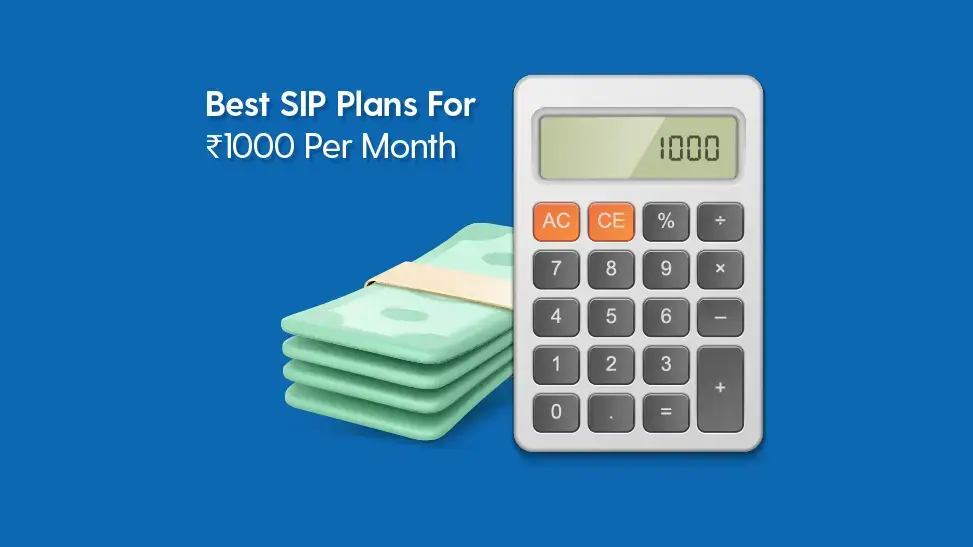How To Select A Suitable Debt Mutual Fund?

- Published Date: January 06, 2021
- Updated Date: January 29, 2025
- By Team Choice
For Investica, Investor interactions are a rich source of learning. Their problems, revelations, joy, confusion all help us learn and share our experiences with discerning patrons.
In one instance, which made us write this blog, the investor was worried because his debt fund which only invested in government securities was showing negative performance and all the gains he had made were wiped out. The moot question was – How does a fund of only government securities in portfolio give a negative performance?
Valid question. We will try to address it and many such in this one.
The misconception many investors have is if they invest in a fund which only invests in government securities they will not lose any money. Because the government won’t default on interest payment right? Well, the risk associated with such funds is Interest Rate Sensitivity.
Interest Rate Sensitivity
So we will try to simplify this. In India, for government securities, 10 year G Sec yield is the benchmark used. This benchmark is similar to the one used in equity funds. So the performance of such funds is dependent on the performance of 10 year G Sec Yield. Now, the debt fund buys a government bond at a defined price. This price and the benchmark i.e. 10 year G Sec yield are inversely proportionate. i.e if the yield goes up, the bond price goes down and if the yield goes down, bond prices go up.
This is a simple logic of demand and supply. if there is less demand, the supply is higher and the interest offered will increase this will bring the price down. But if the demand is higher, supply will come down resulting in a decrease in interest rate and an increase in price.
Now, these changes will not matter much during the investment horizon 6-8 years or more. But if the investment horizon is shorter and an investor chooses such fund then a volatile interest rate scenario may also cause volatility in fund performance.
The debt funds are surrounded by a myth that they cannot give negative returns and it is now broken by the latest incident of IL&FS defaults. This is called Credit Risk.
Let us first understand what happened with IL&FS.
IL&FS is an infrastructure development and leasing company which has more than 250 subsidiaries. IL&FS issued bonds (Tenure of more than 1 year) and Commercial Paper (Tenure of less than 1 year) through which it borrowed money from institutional investors like mutual funds. Now when the time came to pay interest on these bonds, they defaulted and as a result, their credit rating came to D (Default) from AAA (Highest rating).
When such events happen, mutual funds have to mark down their NAV to the extent of their exposure in defaulted securities. This brings down NAV very sharply in one day. Whenever mutual fund companies recover the money, they can increase the NAVs to the extent of recovery made.
Now, IL&FS default was a one-off case where the credit rating came down to D from AAA. But usually, the downgrade is gradual. So what can you do to avoid such instances?
If you want no credit risk in your debt funds, then you should stay away from the entire category of Credit Risk Funds.
Focus on Quality
Events like IL&FS are not very frequent, because when a company defaults on its interest payments, there is usually some indication of financial problems about the company. One can relate this with three latest incidents from Indian Debt industry viz. Essel Group (Or Zee group as known popularly), ADAG Companies (Anil Dhirubhai Ambani Group companies) and DHFL.
Now in these cases, there is no instance of direct default nor has the credit rating downgrade to D been done by credit rating agencies. But these firms are under financial stress which may affect debt servicing.
This does not mean that you should sell the funds with even a small exposure to these companies. If you give priority to quality of the fund over returns and diversify your holdings appropriately, you can avoid these instances to the extent possible.
The logic of equities which is High-Risk High Returns applies here as well. Remember, you cannot achieve the scenario where you get to minimize your risk and maximize your returns. If your aim is capital protection, then select a fund with a quality portfolio holdings with all AAA rated bonds with no or very few past instances of default. These funds may not give you the best returns in the category for they will definitely fulfill the criterion of capital protection.
There is a middle point in this where you can avoid or minimize these risks but still invest in debt funds and achieve your goals. A way to do that would be to opt for shorter-term debt funds.
Specifically, below-mentioned fund categories can be looked at based on the investment horizon:
- Liquid Funds (1 – 3 months)
- Ultra Short duration Funds (3 – 6 months)
- Low Duration Funds (6 – 12 months)
- Money Market Funds (upto 1 year)
- Short Duration Funds (1 – 3 years)
- Corporate Bond Funds (3 – 4 years)
We hope that this helps you in making an informed decision while doing investments in debt funds.
Recommended for you

FII DII Data - Live Data

10 Best SIP Plans For ₹1000 Per Month in 2025

Pharma Mutual Funds – Best Option to Invest in 2025?
Invest in best pharma mutual funds in India for 2020 with Investica. Explore our top recommended pharma mutual funds to start investing today.
